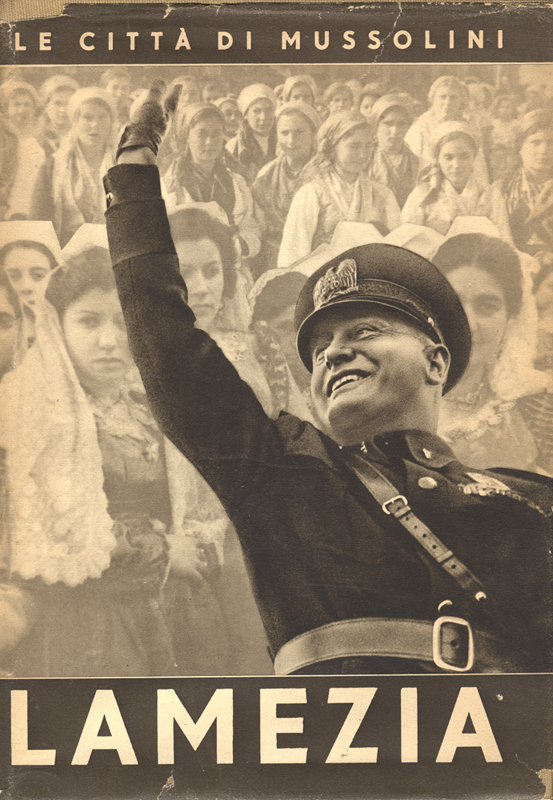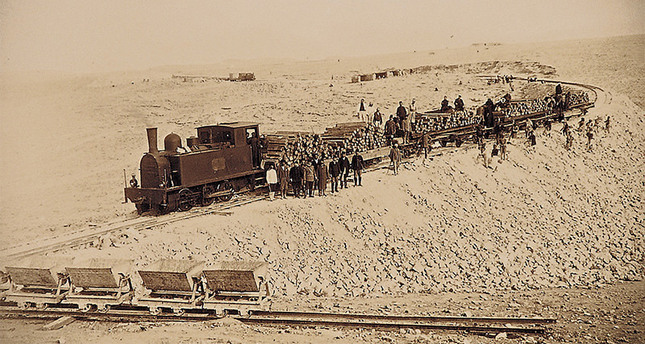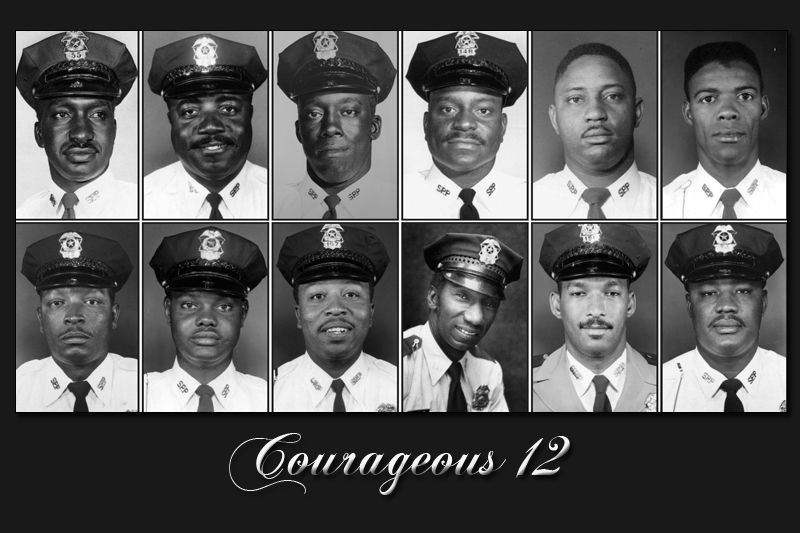marble falls
marble falls's JournalIn a City With Halal Grocers and a 'Bangladesh Avenue,' a Polish Pastry Endures
In a City With Halal Grocers and a ‘Bangladesh Avenue,’ a Polish Pastry Endures
https://www.nytimes.com/2019/03/06/us/paczki-day-fat-tuesday-facts-history.html
 ?quality=90&auto=webp
?quality=90&auto=webp
Customers waited in line for Paczki outside of New Palace Bakery, a Polish bakery in Hamtramck, Mich., on Tuesday.CreditBrittany Greeson for The New York Times
By Mitch Smith
March 6, 2019
HAMTRAMCK, Mich. — It was 5:45 a.m. and 10 degrees — before the sunrise, before the first call to prayer sounded from the city’s mosques — and already the Fat Tuesday line had spilled out the bakery’s doors, onto the street, past the pizzeria, around the corner.
The reward at the end of the frigid wait: a box of paczki (pronounced “PAWN-chkee”), the doughy Polish pastries filled with custard or fruit or, for the less tradition-bound, stuffed with Cocoa Puffs cereal.
<snip>
Hamtramck’s transformation in recent decades is well documented and obvious. Storefronts now display signs in Arabic or Bengali. A main road was given an honorary name, “Bangladesh Avenue.” And after the 2015 election, Hamtramck’s City Council became the country’s first with a Muslim majority, a milestone that drew unwanted media attention and critical social media posts from ex-residents who left decades ago.
Through all the change, Paczki Day has only grown in visibility, becoming an all-day event (one famous bakery opens at 3 a.m.) during which local businesses serve paczki burgers and liquor-infused “paczki bombs.” Even a Yemeni-owned halal grocery store, which was formerly a Polish market, sells the pastries.
 ?quality=90&auto=webp
?quality=90&auto=webp
Customers cheered for Paczki at the New Martha Washington Bakery. Paczki Day has been a pre-Lent event in Hamtramck for generations.CreditBrittany Greeson for The New York Times
<snip>
We are better than we think sometimes.
Trump preparing new White House official portrait ...
He's thinking along these lines.

Glimpses of Lost Railway Journeys of the Past A new book collects 33 routes that went off the rails
https://www.atlasobscura.com/articles/lost-and-abandoned-trains
The Walhalla railway in Australia. Public Domain/William Harrison Lee
Today:


This file photo displayed in an exhibition to commemorate 100th year of Hejaz Railway shows engineers and workers during the construction phase of the railway.
today:

Jordan-Hedjaz Railway Jung-built 2-8-2 No. 53 on the ‘Ten Arches’ viaduct, southern Amman, with BLS/LCGB Jordan Railtour, May 11. DR IAIN SCOTCHMAN

A car from the Listowel & Ballybunion Railways. Michael Whitehouse Collection
The Listowel & Ballybunion Railways in Ireland, for instance, were always impractical. The cars were partially bisected by the A-frame monorail track they ran on, which created problems of balance, especially when shipping large items, such as a piano or livestock. The line only made money during the summer, when passengers used it to travel the last 10 miles to the seashore. But it was such an incredible, unusual piece of infrastructure that it became, Lambert writes, “one of the most visited and photographed of Irish railways.”
today:


The royal party on the Big Hill line. Library and Archives Canada/Topley Studio fonds/a011848
now:

The line chugging up and down Canada’s Big Hill lasted for 23 years, from 1886 to 1909. Traveling it became a popular adventure in its own right, and when a party of British royals, including the future George V and Queen Mary, took the line in 1909, they rode on the buffer bar at the front of the train while it worked up the hill. Eventually, the CPR finished the tunnel that allowed the railway to carry passengers on a less teeth-clenching ride, and the four miles of what was now called the “old line” were left to history, as so many others have been.
They called it “The Big Hill”—4.1 miles of railroad so steep that every mile of track had an inclined spur installed to catch runaway trains. They were staffed 24 hours a day. When a train approached, the conductor would have to go through a series of whistles so complicated that they would assure the spur operator the train was under control. Only then would he flip the switch that allowed the train to continue.
The Canadian Pacific Railway (CPR) had promised a route through the Rockies, at least 100 miles north of the border, but the mountains at Kicking Horse Pass were so steep that it was impossible to build a track there that met government standards for railway grade. But as CPR began work on a tunnel through one of the mountains, the Big Hill line was used a temporary fix, designed to “break the government prescribed limit in spectacular fashion,” as Anthony Lambert writes in his new book Lost Railway Journeys from Around the World.

The Asunción-Encarnación line connected Paraguay and Argentina. Donald H. Wilson

A train passing through Zhob Valley, India. Anthony J Lambert

The Loup Viaduct towered over a village in the Alpes-Maritimes, France. Public domain

The Canfranc station on the border of France and Spain has long been abandoned. Maria Galan / Alamy Stock Photo

A Skytop Lounge car in Illinois. Wikimedia/Public Domain/ Roger Puta
Harlem scenes from Meropolis 1939. Restored outtakes.
From National Archives Youtube Channel. Restored outtakes from METROPOLIS 1939. This rare footage shows Harlem street scenes, residents of the Harlem River Houses, and construction of the Queensbridge Houses, circa 1939. Assumed to be in the public domain.
This is the whole documentry, only 18 minutes and well worth the viewing.
https://player.bfi.org.uk/free/film/watch-metropolis-1939-online
A View of Historic Harlem That's Not on the Walking Tour
A View of Historic Harlem That’s Not on the Walking Tour
https://www.nytimes.com/2019/02/28/nyregion/harlem-renaissance-james-van-der-zee.html
 ?quality=90&auto=webp
?quality=90&auto=webp
Soldiers march in the Marcus Garvey Parade, 1924CreditCreditJames Van Der Zee/Donna Mussenden Van Der Zee, Courtesy Howard Greenberg Gallery, New York
By Rebecca Carroll
Feb. 28, 2019
It’s easy to think that you know Harlem — a place with an iconic history, where movements were born, parades were protested, and that black Americans called mecca. Even if there weren’t countless movies, poems, art, spoken lore and books about Harlem, you could visit it today and still feel a lingering sense of that history, despite the gentrification tsunami that has washed over all of New York City.
 ?quality=90&auto=webp
?quality=90&auto=webp
The Lincoln Grill, 1926.CreditJames Van Der Zee/Donna Mussenden Van Der Zee, Courtesy Howard Greenberg Gallery, New York
 ?quality=90&auto=webp
?quality=90&auto=webp
Travelers Restaurant, circa 1935.CreditJames Van Der Zee/Donna Mussenden Van Der Zee, Courtesy Howard Greenberg Gallery, New York
 ?quality=90&auto=webp
?quality=90&auto=webp
James Van Der Zee was deft at capturing a kind of marriage between the place and the person.CreditJames Van Der Zee/Donna Mussenden Van Der Zee, Courtesy Howard Greenberg Gallery, New York
 ?quality=90&auto=webp
?quality=90&auto=webp
Seventh Avenue, now known as Adam Clayton Powell Jr. Boulevard, circa 1941.CreditJames Van Der Zee/Donna Mussenden Van Der Zee, Courtesy Howard Greenberg Gallery, New York
 ?quality=90&auto=webp
?quality=90&auto=webp
Members of the Benevolent and Protective Order of Elks participate in a parade in 1931.CreditJames Van Der Zee/Donna Mussenden Van Der Zee, Courtesy Howard Greenberg Gallery, New York
I get the impression that white hatred for A/A wasn't about A/A not becoming a part of American culture but that A/A had embraced the culture too well. A/A were not living down to racist stereotyplification.
In honor of the talks in Hanoi ...
http://theweeklychallenger.com/faces-of-courage-the-courageous-12/Black History day 28 - Faces of courage: The Courageous 12
Faces of courage: The Courageous 12
http://theweeklychallenger.com/faces-of-courage-the-courageous-12/

BY FRANK DROUZAS, Staff Writer
ST. PETERSBURG –One Sunday morning while on patrol, Officer Leon Jackson of the St. Petersburg Police Department (SPPD) spotted a car barreling its way across Central Avenue, haphazardly swerving over the centerline, running red lights and even slamming against the curb.
Jackson flipped on his patrol car’s flashing lights and gave chase. The driver refused to stop, making Jackson pursue him all the way to the corner of Central and 66th Street, where the chase ended outside a strip mall.
As he stepped out of his cruiser and approached with caution, Jackson was aware that there wasn’t a soul stirring anywhere on the street—he was completely alone. So as to keep an advantage over whatever he was about to face from the driver’s side of the unknown car, Jackson stayed back and to the side, taking care not to walk up level to the window.
When Jackson came close enough to get a look inside, he observed a shiny object in the front seat by the driver. Shining his flashlight into the window, he saw it was a .357 magnum.
He kept his cool. He simply took his own gun out of the holster and instructed the man: “Don’t move. If you move, I’m going to shoot you.”
To reach Frank Drouzas, email fdrouzas@theweeklychallenger.com
Black History day 27 - The Tuskegee Study of Untreated Syphilis
https://en.wikipedia.org/wiki/Tuskegee_syphilis_experimentThe Tuskegee Study of Untreated Syphilis in the Negro Male[a] was an infamous and unethical clinical study conducted between 1932 and 1972 by the U.S. Public Health Service.[1][2] The purpose of this study was to observe the natural history of untreated syphilis; the African-American men in the study were told they were receiving free health care from the United States government.[3]
The Public Health Service started working on this study in 1932 in collaboration with Tuskegee University, a historically black college in Alabama. Investigators enrolled in the study a total of 600 impoverished, African-American sharecroppers from Macon County, Alabama. Of these men, 399 had previously contracted syphilis before the study began, and 201 did not have the disease.[2] The men were given free medical care, meals, and free burial insurance for participating in the study. The men were told that the study was only going to last six months, but it actually lasted 40 years.[2] After funding for treatment was lost, the study was continued without informing the men that they would never be treated. None of the men were told that they had the disease, and none were treated with penicillin even after the antibiotic was proven to successfully treat syphilis. According to the Centers for Disease Control, the men were told that they were being treated for "bad blood", a colloquialism that described various conditions such as syphilis, anemia, and fatigue. "Bad blood"—specifically the collection of illnesses the term included—was a leading cause of death within the southern African-American community.[2]
The 40-year study was controversial for reasons related to ethical standards. Researchers knowingly failed to treat patients appropriately after the 1940s validation of penicillin was found as an effective cure for the disease that they were studying. The revelation in 1972 of study failures by a whistleblower, Peter Buxtun, led to major changes in U.S. law and regulation on the protection of participants in clinical studies. Now studies require informed consent,[4] communication of diagnosis, and accurate reporting of test results.[5]
By 1947, penicillin had become the standard treatment for syphilis. Choices available to the doctors involved in the study might have included treating all syphilitic subjects and closing the study, or splitting off a control group for testing with penicillin. Instead, the Tuskegee scientists continued the study without treating any participants; they withheld penicillin and information about it from the patients. In addition, scientists prevented participants from accessing syphilis treatment programs available to other residents in the area.[6] The study continued, under numerous US Public Health Service supervisors, until 1972, when a leak to the press resulted in its termination on November 16 of that year.[7] The victims of the study, all African American, included numerous men who died of syphilis, 40 wives who contracted the disease, and 19 children born with congenital syphilis.
The Tuskegee Syphilis Study, cited as "arguably the most infamous biomedical research study in U.S. history",[8] led to the 1979 Belmont Report and to the establishment of the Office for Human Research Protections (OHRP).[9] It also led to federal laws and regulations requiring Institutional Review Boards for the protection of human subjects in studies involving them. The OHRP manages this responsibility within the US Department of Health and Human Services (HHS).[10]
On May 16, 1997, President Bill Clinton formally apologized on behalf of the United States to victims of the experiment.
Black History day 26 - Amelia Boynton: taking a stand, risking her life
 ?quality=90&strip=all&w=618&h=410&crop=1
?quality=90&strip=all&w=618&h=410&crop=1
103-year-old activist: I was almost killed fighting for freedom
https://nypost.com/2014/12/01/103-year-old-activist-i-was-almost-killed-fighting-for-freedom/
It was the sickening image that woke up the world to the brutality that gave birth to the civil rights struggle: a God-fearing, middle-aged woman lying helpless and unconscious on the side of the road. She had been savagely beaten with clubs. Then, a helmeted law enforcement officer pumped tear gas into her throat before leaving her for dead. Or, as the racist sheriff callously put it, “for the buzzards to eat.”
Newswires flashed the shocking March 7, 1965, pictures of Mrs. Amelia Boynton across the globe. Every major newspaper and TV network carried them. And the message was loud and clear: This is what America does to blacks who dare make a stand.
<snip>
“I wasn’t looking for notoriety [when we marched],” recalls Boynton Robinson, during an interview with The Post at her home. “But if that’s what it took [to get attention], I didn’t care how many licks I got. It just made me even more determined to fight for our cause.”
She might not have been well enough to attend the Atlanta preview of the film, but she’s confident it will accurately portray the tense period when the civil rights battle concentrated on her former town of Selma. At the time, even though they made up half of the population, only 1 percent of blacks were entitled to vote, because of literacy tests, the preposterous bureaucracy it took wading through to register, plus the payment of a poll tax well beyond their means. They also lived in fear of the murderous Ku Klux Klan, which ruled the surrounding area, victimizing anyone it believed was disrupting the status quo of white rule.
<snip>
Profile Information
Name: had to removeGender: Do not display
Hometown: marble falls, tx
Member since: Thu Feb 23, 2012, 04:49 AM
Number of posts: 57,083